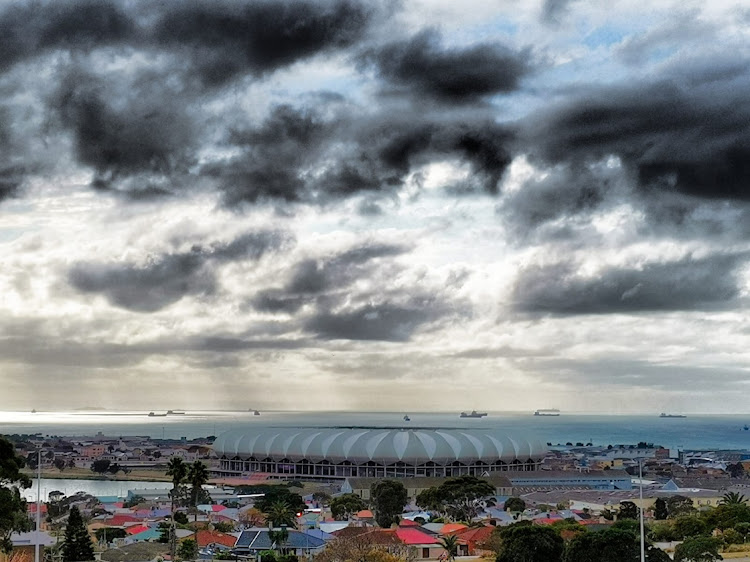Expect a gloomy first quarter in 2023

Markets recover when central banks stop hiking interest rates
Market returns in October and November provided something positive to cheer us on. But the underlying global geopolitics, energy supply constraints and logistical bottlenecks weigh on the outlook for growth in 2023.
Now political developments will probably further dampen the confidence that is needed to drive fixed investment.
As economists, we are often asked to inspire hope through our analysis and economic forecasts, a task we should never take on. Inspiring hope is for politicians and priests. So let me outline what the year ahead might actually look like. Unfortunately, the outlook is getting gloomier by the month due to factors working simultaneously in a negative way.
For starters, major global central banks are resolute in clamping down on inflation after an initial misdiagnosis of its persistence and a belated collective response. They have lost some credibility and believe they need to regain it by hiking interest rates aggressively until inflation shows signs that it will decline sustainably into their target ranges. They have made this commitment even if their actions risk tipping the global economy into recession.
Indeed, the IMF’s October World Economic Outlook forecasts global growth at only 2.7% in 2023, with Germany in outright recession, US growth at just above 1%, and the UK practically flat at 0.3%. China has been in various levels of lockdown that depressed growth throughout the past year, contributing to lower non-US growth and thus dollar strength.
These forecasts might even be a bit optimistic given the energy crisis in Europe and interest rates still going up in rich countries. External demand for SA’s nonenergy commodities will be lower, and so will their prices.
Eskom says 2023 will be even tougher than this year for its ability to provide power. Several of its coal-fired generation units will be decommissioned. Breakdowns can be expected at those remaining. The mining sector, which benefited from good commodity prices over the past two years, says it is asked to reduce electricity consumption from time to time to manage demand. This in effect means it is being asked to produce less, which will translate to exporting less. The ripple effects go deep into the economy to hit jobs, tax revenue, suppliers of equipment and chemicals.
The transport & logistics sector is also in a difficult position. Its capacity to handle the required shipping volumes is constrained, such that even in the event that sectors such as agriculture or mining produce the volumes to ship, delays will cost industry and the country money.
As if this isn’t enough, if history is anything to go by there will be precious little policy implementation, or the wrong projects will be prioritised, ahead of the 2024 elections. The result will be that investor, business and indeed consumer confidence will all be affected negatively.
Rational investors will probably wait it out, and businesses that can are also likely to delay major expansion operations while consumers tighten their belts. That all adds up to anaemic economic growth; if we get 1% in 2023 we will be lucky under these circumstances.
Despite this gloomy outlook, it is possible that the markets will provide something to cheer us now and then. Usually, when the economy goes into recession while inflation is decelerating, equity markets sell off. But when the economy goes into recession in times of rising inflation — the present environment — markets take their signal from central banks, not the underlying recessionary environment.
Markets recover when central banks stop hiking interest rates. That was the story with October and November’s market recovery, when rates were expected to peak sooner rather than later. This factor could well kick in again in the first quarter of 2023.
